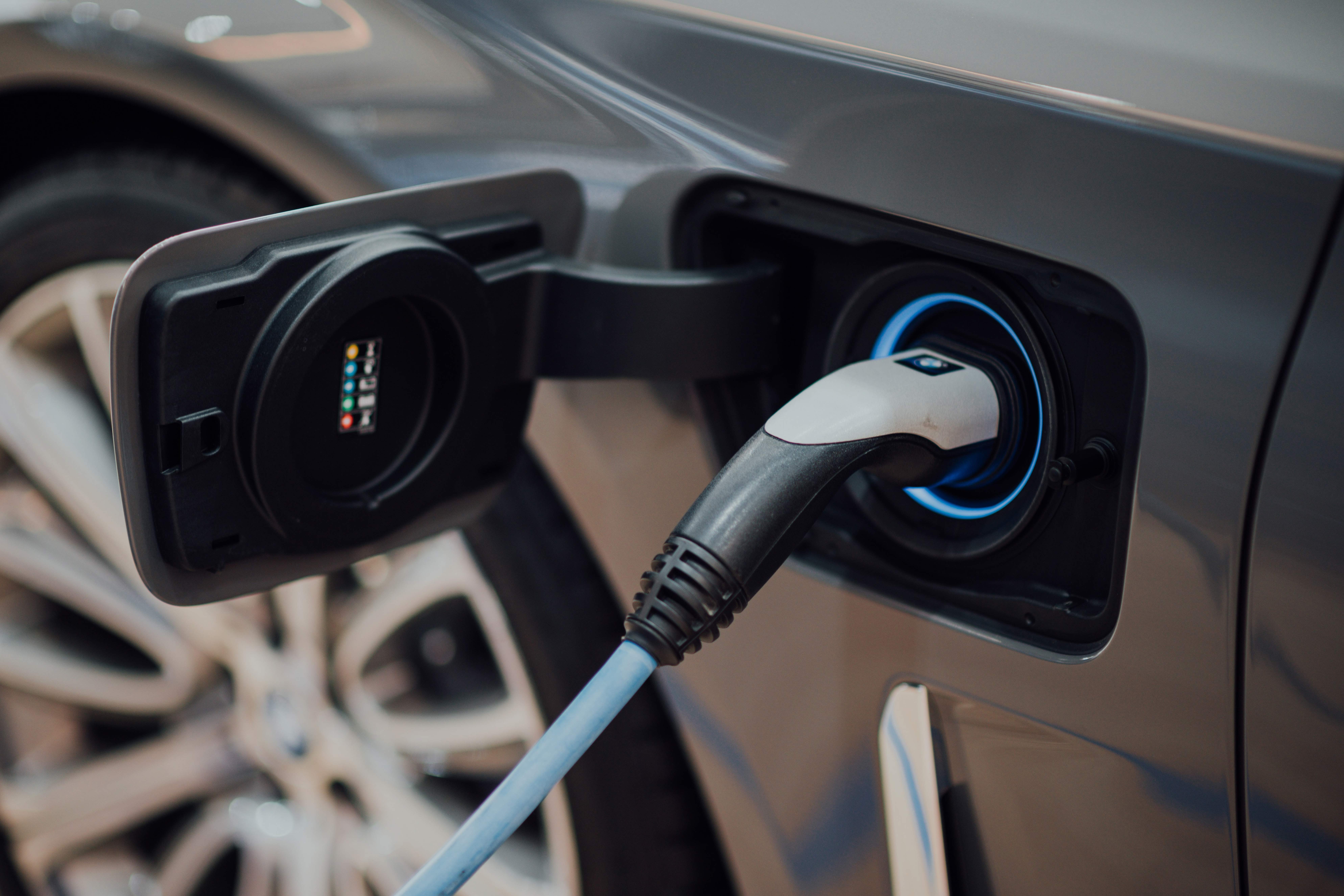In recent years, technology has completely transformed the world that we live in, and the automotive industry is not different. Do you remember the first time you got behind the wheel of a car? From that very first time in the driver’s seat, safety has been drummed into us.
Whether it was being constantly reminded to watch for pedestrians stepping out into the road and keeping both hands on the steering wheel to wearing a seatbelt, and not using our cell phones while driving, safety has always been paramount.
Safety has always been essential and driving a vehicle with respect and, being conscious of the habits we have is crucial to avoiding accidents. Since the invention of the first automobile, the onus of driving safely has been placed solely on the operator, but as technology advances, this is slowly changing.
We are now entering the era of the smart car, where safe vehicle operation relies as much on technology as it does the driver.
What is a smart car?
We are living in the midst of a digital revolution, and smart cars and autonomous driving are on the rise. Although these two terms are often interchanged, a smart car is a vehicle that is equipped with high-level Crash Avoidance Technology (CAT) but still requires a human operator. Autonomous vehicles are those cars that are able to drive without human interaction.
CAT is a blend of various forms of technology that help to reduce the probability of having an accident, helping to reduce the number of actions needed to be undertaken by the human operator. Certain aspects of CAT have been around for a number of years, such as antilock brakes and crash avoidance taillights. However, most forms are new and incredibly sophisticated, such as:
- Adaptive cruise control
- Adaptive headlights
- Blind sport detectors
- Electronic stability control
- Fatigue warning system
- Forward collision avoidance systems
- Lane departure warning systems
- Park assist and back over prevention systems
This new level of technology makes use of a wide range of technology, such as camera, monitors, radar, and wireless capability. Combining all of these allows the vehicle to understand and detect potential accident threats, resulting in a warning to the driver or, in some cases, even take independent action to reduce the threat.
Smart vehicles are becoming increasingly more intelligent, monitoring the speed of the vehicle, its lane usage, proximity to other hazards, and much more. This constant monitoring and adjusting maximizes the safety of the vehicle and minimizes the risks of a collision.
Request a Free Quote Today!
Our team is ready to help you.
Resources
We can help with any of your insurance needs, providing personal, commercial, life, and health insurance policies and advice.
Get a QuoteGet in Touch
Contact Us
Phone: (714) 526-5588
Fax: (714) 526-4487
Email: info@williamsinsurance.com
Our Location
609 N. Harbor Blvd.
Fullerton, CA 92832
